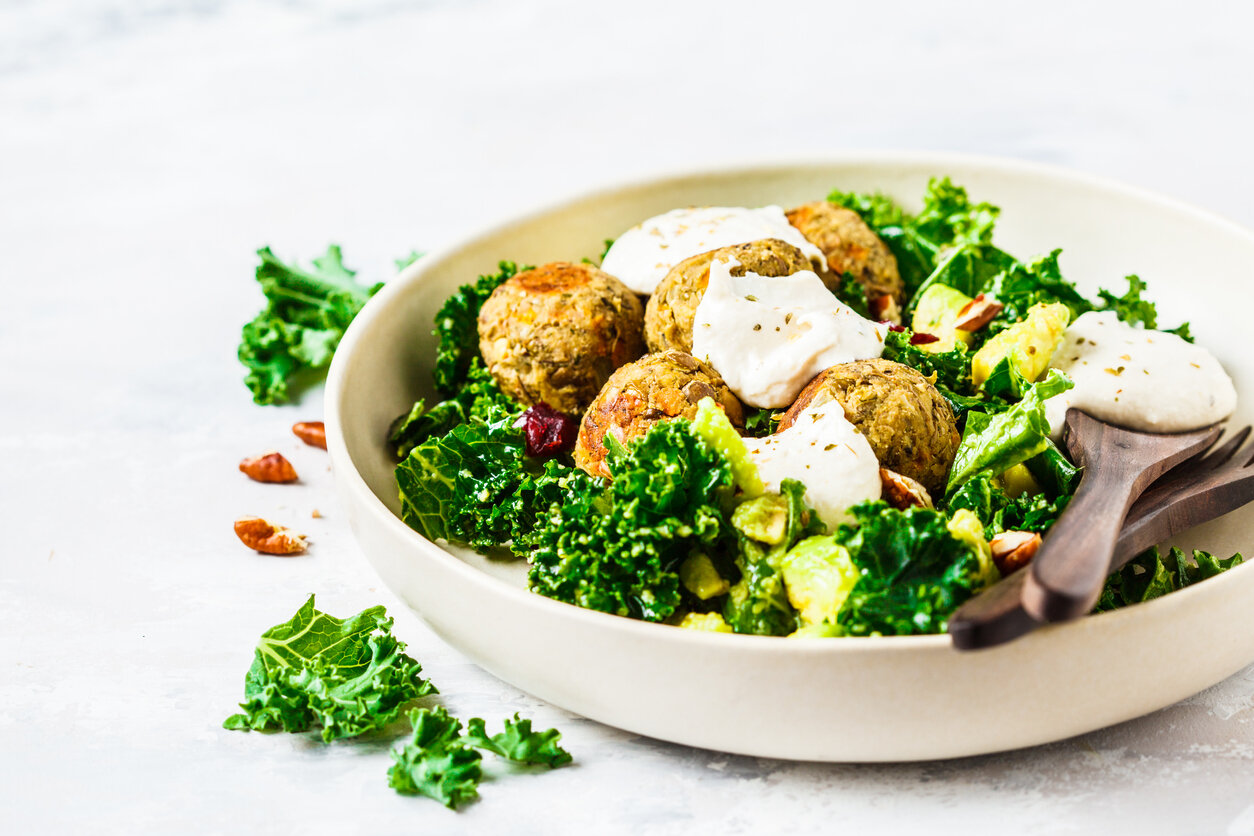Earth Day 2021 - Image Source (iStock)
Today on Earth Day is the perfect day to think more about increasing the Amount of plant-based foods in your eating routine. Foods to Focus on EATING MORE OF: fruits, vegetables, whole grains, NUTS/SEEDS and beans/legumes.
Eating more plant-based foods can help your health and the health of the planet. Although, the relationship between food and your health and the health of the planet, is complex, there continues to be a growing amount of research supporting health and environmental benefits of eating more plant-based foods.
For example eating more plant-based foods can reduce green house gas emissions, conserve water, preserve forests, and protect biodiversity.
Excess meat consumption, especially red meat and processed meat has been linked with heart disease, type 2 diabetes, obesity, and cancer. A study showed that consumption of processed meats is associated with 42-percent higher incidence of coronary heart disease and 19-percent higher risk of diabetes.
For more on the environmental and health benefits from eating meatless, check out: MeatlessMonday.org
22 ways to eat more plant-based foods!
Dessert Hummus (Image Source: iStock)
Add dried fruit to nuts for a trail mix
Snack on pieces of fruit like apples, pears, and oranges
Serve up a fruit salad or sliced fruit as a side dish at meals
Have a meatless meal at least one day per week, like Taco Stuffed Peppers or Veggie Spiedie Sandwich (tofu-based!)
Snack on sliced veggies with your favorite dip
Add veggies to smoothies like a handful of spinach - it will add a boost of vitamin C, vitamin, A, vitamin E, calcium, and more!
Add sautéed vegetables to eggs like peppers and onions
Make up a batch of bean and veggie dip to have on hand as a snack!
Add sliced veggies to sandwiches like tomato, cucumber, lettuce, or spinach
Start your day with a bowl of oatmeal and add frozen or fresh berries as a topping
Swap in brown rice in place of white rice
Switch half of the flour in baked goods for whole wheat flour or use all whole wheat flour, try this Blueberry-Banana Bread or Maple Oat Muffin recipe
Make up a batch of museli or oat-based energy bites
Use whole wheat noodles for a pasta-night meal
Try a plant-based meat alternate, click here for a quick list of some favorites
Make up a batch of DIY granola like Cran-Walnut Granola
Add-in beans in a surprising way like dessert hummus! Click here for a delicious Chocolate Hummus recipe
Make a plant-based version of chili, click here for a Veggie Chili recipe
Serve up an extra vegetable side dish at meals, like Garlic-Parm Spaghetti Squash or a veggie platter with dip
Sign-up for a produce delivery service like Misfits Market, which delivers fruit and vegetables to your house!
References:
1. Micha R, Wallace SK, Mozaffarian D. Red and Processed Meat Consumption and Risk of Incident Coronary Heart Disease, Stroke, and Diabetes Mellitus. Circulation 2010;121(21):2271–83. https://pubmed.ncbi.nlm.nih.gov/20479151/








